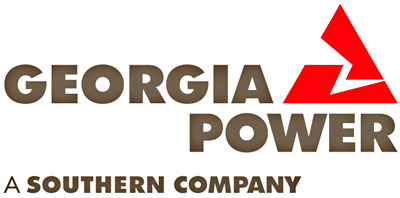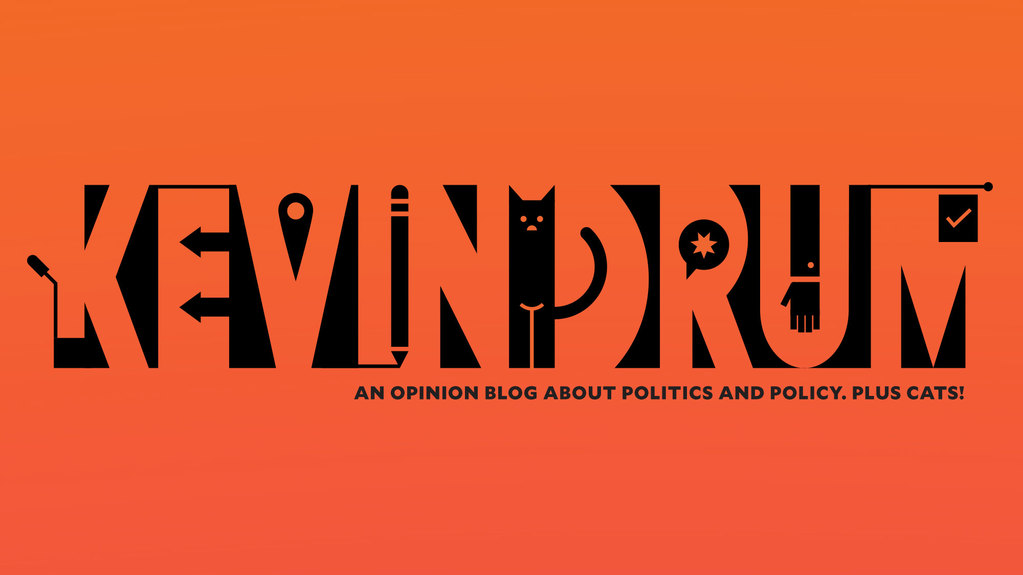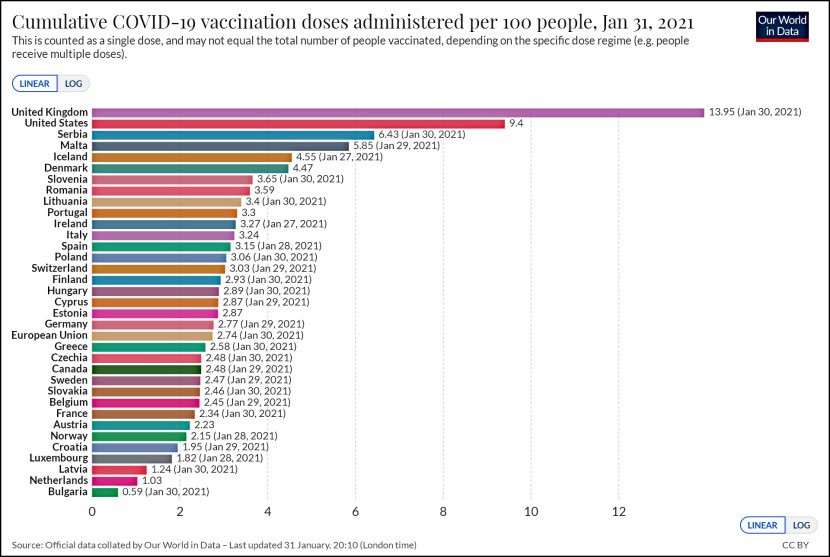I don’t have as big an aversion to government loan guarantees as Megan McArdle, but after running the numbers on the loan guarantees that went through the Department of Energy over the past couple of years, she makes a good point:
I have highlighted what jumped out at me: most of the money has gone to enormous companies that should have no trouble accessing capital. Established utilities, large multinational auto manufacturers, a global warehouse owner. The bulk of these funds are not going to rectify some gap in the capital markets. They’re straight subsidies to huge corporations. Even some of the smaller firms/deals are owned by large corporations like Total SA.
There were three DOE loan guarantee programs. Program #1 was funding for alternative vehicles. 81% of its $9.1 billion went to Ford and Nissan. Program #2 is the 1703 loan program. 97% of its $10.3 billion dollars went to two big nuclear power companies. Program #3 was the 1705 loan program. It’s a little harder to parse, but it looks as if a fair chunk of its $16.1 billion also went to big, established corporations.
The manufactured outrage over the Solyndra bankruptcy has mostly been pretty fatuous. But if there’s a reasonable criticism to be made of these programs, this is probably it: if you’re going to shovel federal money into risky new technologies that private funders won’t touch, shouldn’t you shovel your money into risky new technologies that private  funders won’t touch? Why bother with subsidies to Ford and Georgia Power and NextEra? They’ve got plenty of access to bank capital if their projects make sense.
funders won’t touch? Why bother with subsidies to Ford and Georgia Power and NextEra? They’ve got plenty of access to bank capital if their projects make sense.
Part of the reason, of course, is that subsidies to big corporations are bipartisan winners. John Boehner is a big backer of loan guarantees to allow the United States Enrichment Corporation to build a uranium enrichment facility in Ohio. USEC is a $2 billion corporation. Johnny Isakson and Saxby Chambliss were strong supporters of the loan guarantees to Georgia Power, a subsidiary of Southern Company. Southern Company is a $17 billion corporation. Pretty much everyone in Michigan supported loan guarantees to Ford, a $129 billion corporation.
Now, like I said, this doesn’t bother me all that much. The actual cost of the $36 billion in DOE loan guarantees will probably run around $2-4 billion over the next decade or so. That’s not all that earth shattering. Still, if we’re going to do something like this, I’d be pretty happy to end the loan guarantees to big companies and concentrate our firepower on smaller startups that can’t find alternative financing but might be worth some taxpayer risk anyway. The big guys ought to be able to rely on the free market they spend so much time claiming to revere.















